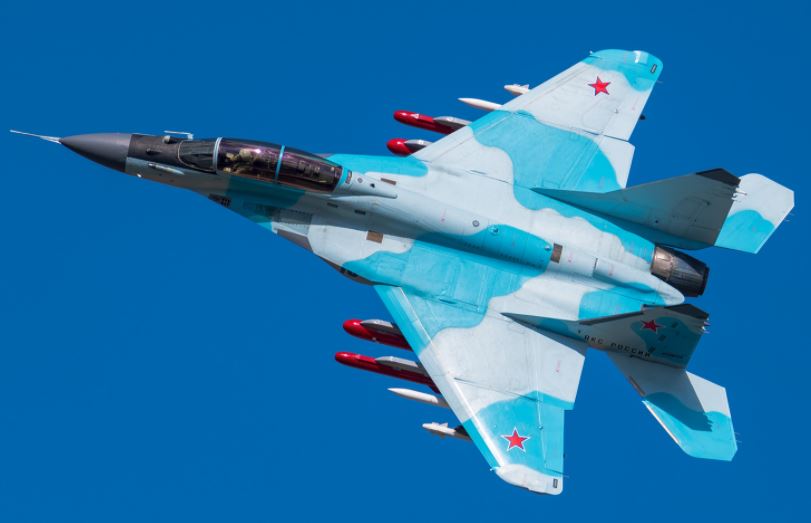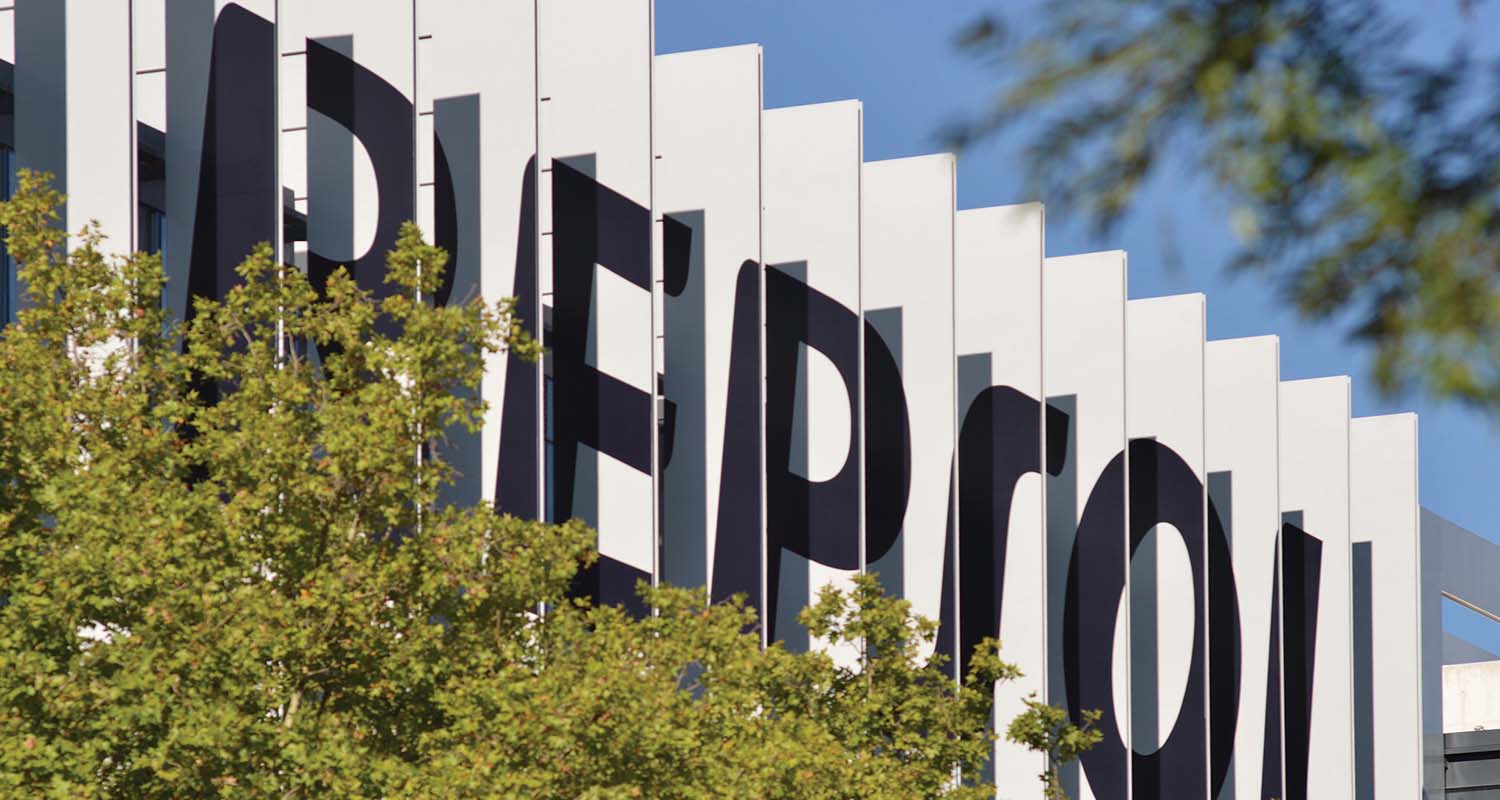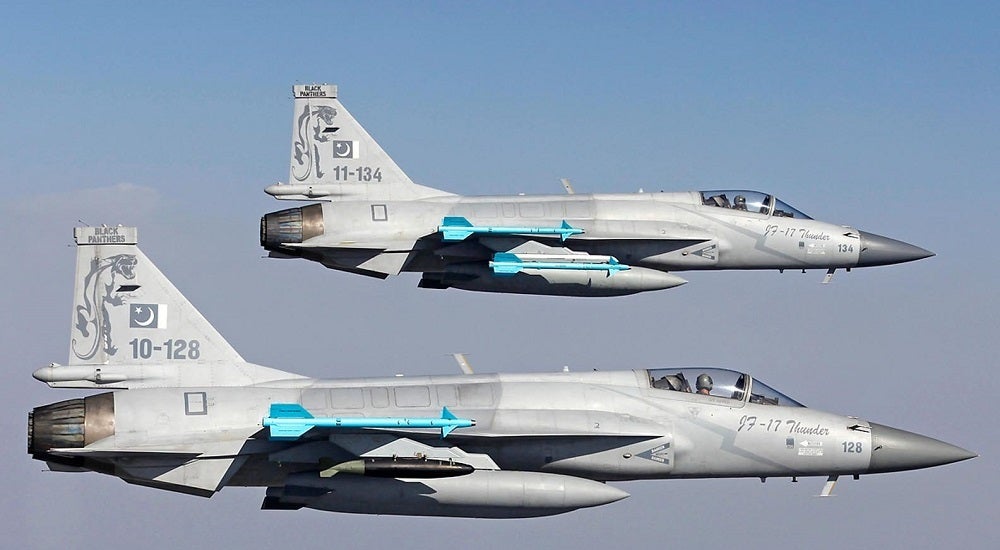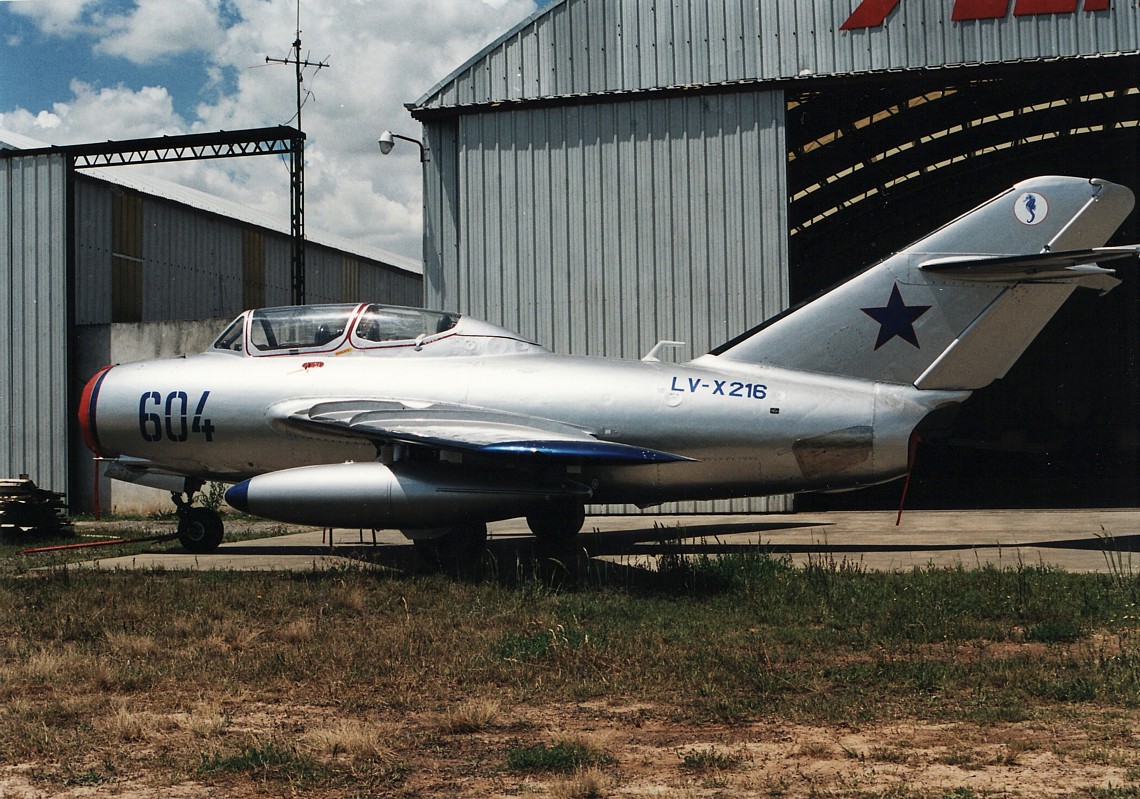Según lo que se del Mig-35
El APU no funciona con hidracina sino con gas:
GTDE-117(-1) APU

The GTDE is a turboshaft engine with a free turbine, has a modular design, with the turbocompressor module being one-shaft with centrifugal compressor and one-stage turbine. The reduction gear of the power turbine is executed according to the two-stage multi-flow scheme. The purpose is to provide the independent pre-flight aircraft preparation without starting the main engines and their subsequent startup.
The gas turbine engine-power unit differs by a relatively small mass at high available power, is produced in several modifications for a number of domestic and foreign planes. The main modifications – GTDE-117 and GTDE-117-1 are installed on MiG-29, MiG-29К, Su-27, Su-30, Su-33, Su-35, etc..
Source koavia.com
MiG-35 is a new export variant that combines the modern systems of the MiG-29M2 with an AESA radar. The fighter plane has the thrust vectoring of the MiG-29OVT as an additional option. Improved avi…

thaimilitaryandasianregion.wordpress.com
Sobre el combustible que queman los motores:
The main differences in characteristics are that Soviet fuels have a low freeze point (equivalent to about -57 degrees C by Western test methods) but also a low flash point (a minimum of 28 degrees C compared with 38 degrees C for Western fuel). RT fuel (written as PT in Russian script) is the superior grade (a hydrotreated product) but is not produced widely.
TS-1 (regular grade) is considered to be on a par with Western Jet A-1 and is approved by most aircraft manufacturers.
Access this page for full details of World-wide Civil Jet Fuel Grades, including grading for countries like China, the Former Soviet Union and the USA.

www.shell.com
Jet A-1 se emplea en el mercado civil, en ese sentido es el par del combustible ruso TS-1 que es para subsónicos. El Jet A-1 se produce en Brasil, Argentina, Chile, entre otros.
El tema es que para los rusos, el combustible que usan para supersónicos es el RT:
RT JET FUEL
The RT jet fuel grade is intended for use both in subsonic and supersonic aircraft.
Its physical, chemical, and performance specifications meet the requirements of Russia’s latest industry standard (GOST 10227). The product also fully conforms to the Customs Union Technical Regulations (Technical Regulation Act 013/2011 – Technical Requirements for Gasoline, Diesel, Bunker Fuels, Jet Fuels and Heating Oil).
RT key properties:
- high volatility to ensure combustion efficiency;
- high efficiency and heat of combustion to ensure distance of flight;
- high pumpability and good low-temperature properties for injection into the combustion chamber;
- low total and mercaptan sulphur content;
- low deposit formation susceptibility;
- high compatibility with materials, good anti-wear and anti-static properties.
The RT fuel grade fully conforms to international requirements, with certain specifications even exceeding them. It boasts good anti-wear properties, high chemical and thermal oxidative stability, low total sulfur content and almost a complete absence of mercaptans. RT jet fuel is entirely suitable for use in a jet engine and shows no negative impact on its cycle life.
Jet fuel is a low-hazard product and is classified as hazard level 4 substance by GOST 12.1.007-76.
Guaranteed storage life for jet fuel is five years as from the date of production.
https://www.rosneft-aero.ru/en/production/rt/
una comparación entre los rusos y los occidentales:
These requirements are specified by GOST test methods, which are not equivalent to those used in Jet A-1 specifications, making direct comparison with Jet A-1 difficult. It is clear, however,
that compared to Jet A-1, BP Jet TS-1 and BP Jet RT-1 have better low temperature properties but lower flash points, and BP Jet TS-1 has higher mercaptan sulphur levels.
They do not normally contain a static dissipator additive.
y en los occidentales el JP-8 que es el Jet A-1 con aditivos:
JP-8
JP-8 is the military equivalent of Jet A-1 with the addition of corrosion inhibitor and anti-icing additives; it meets the requirements of the U.S. Military Specification MIL-T-83188D. It is the dominant military jet fuel grade for NATO airforces. The UK also have a specification for this grade namely DEF STAN 91-87 AVTUR/FSII (formerly DERD 2453). NATO Code F-34.
Características
JP-8 (del inglés
Jet Propulsion o propulsión para reactores), es un combustible derivado del queroseno, aditivado para uso militar.
Este producto debe
cumplir la especificación MIL-DTL-83133, según la cual durante su fabricación se
aditivará con CI/LI (corrosion inhibitor/lubricity improver o inhibidor de corrosión/mejorador de lubricidad), FSII (fuel system icing inhibitor o antihielo) y SDA (static dissipator additive o aditivo mejorador de la conductividad).
Además, de acuerdo con esta especificación, el JP-8 puede contener aditivo AO (antioxidant o antioxidante) o MDA (metal deactivator o desactivador de metales). Para poder añadir
desactivador de metales en la formulación del JP-8, el productor, de acuerdo a la norma, debe contar con la autorización expresa y por escrito del comprador y el usuario del producto.
JP-8 (del inglés Jet Propulsion o propulsión para reactores), es un combustible derivado del queroseno, aditivado para uso militar.

www.repsol.com
Sin perjuicio de que logisticamente para un país que ya produce Jet-A1 le es más fácil obtener JP-8, a todo evento hay que invertir en la logística de cualquiera de esos combustibles si quieres operar aviones supersónicos.
En el caso del RT, tendrías que importarlo integramente porque económicamente no veo como sustentar en una refinería nacional una linea de producto con tan pocos aviones para consumirle (habría que coordinar demandas con otros usuarios de supersónicos rusos cercanos como Perú y Venezuela)
Desconozco si existe facilidad para llegar al RT desde una base Jet A1. Desconozco si existe un procedimiento o un aditivo como para facilitar una producción local partiendo de lo que hay.
Saludos
--------------------------------------------------------------------------------------------------------------------
Layout
En la línea de producción, se ven detalles de las terminaciones.
Saludos














